Shinrin-Yoku in Japan: How Forest Bathing Can Improve Your Health, Backed by Science
Discover how immersing yourself in Japan’s forests can rejuvenate your mind and body.
Just this week, I was asked several times about shinrin-yoku, also known as "forest bathing." This involves immersing oneself in nature to promote relaxation and well-being. You might think it’s just about enjoying fresh air and getting some exercise—but there’s so much more to it. In fact, science has proven that shinrin-yoku has significant health benefits.
As a sixth-year medical student on the verge of becoming a medical doctor, I’m excited to explore the science behind forest bathing and why it’s more than just a peaceful walk in the woods.
In this newsletter, you’ll learn about:
Why Japan introduced shinrin-yoku in the 1980s
The scientifically proven health benefits of forest bathing ← the most important!
The best places in Japan to experience shinrin-yoku
The Origins of Shinrin-Yoku: A Solution to Modern Stress
Shinrin-yoku originated in Japan in the 1980s, during a time when rapid technological advancements led to increased stress and burnout. Recognizing this, the Japanese government began encouraging people to practice shinrin-yoku—literally "taking in the forest air"—as a way to de-stress and improve overall well-being.
Since then, the practice has grown in popularity, not only in Japan but around the world, with many people embracing it as a natural way to relax, recharge, and reconnect with nature.
Why People Love Shinrin-Yoku (Even Before Knowing the Science!)
Many people are drawn to forest bathing for its immediate benefits, even without knowing the science behind it. Here’s why:
Mental Refreshment: Stepping away from city life into a peaceful forest helps clear the mind and promotes relaxation.
Gentle Physical Activity: Walking through nature provides low-impact exercise that supports overall health.
Engaging the Senses: The sights, sounds, and smells of a forest create a deeply calming and immersive experience.
But the benefits don’t stop there—science reveals that forest bathing has even greater effects on our health.
What Does Science Say About Forest Bathing?
Scientific studies have demonstrated that forest bathing can reduce blood pressure, lower stress hormones, and boost the activity of the autonomous nervous system. I’ll break down some of the key findings in simple terms.
1. Reduces Stress Hormones and Promotes Relaxation
When we experience stress, our bodies release cortisol, a hormone that helps us respond to challenges. However, too much cortisol over time can lead to anxiety, high blood pressure, and other health problems. Studies show that simply looking at a forest can reduce cortisol levels by 13.4%, and walking in the forest can lower them by 15.8%. This means that just being in nature actively reduces the body's stress response, helping you feel calmer and more at ease.
2. Activates the Body’s Natural Relaxation System
Our nervous system has two key parts: the sympathetic ("fight or flight") and the parasympathetic ("rest and digest") systems. Spending time in the forest enhances parasympathetic nervous activity, which helps our bodies relax. Research shows that looking at a forest increases relaxation-related markers in the body by 51.6%, while walking through a forest can increase them by 102%. This means forest bathing doesn’t just feel relaxing—it physically shifts your body into a state of deep rest and recovery.
There’s a graph showing the results of the data, but I feel like most people don’t really need it—so I’ll just leave the link to the research paper here.
3. Lowers Heart Rate and Blood Pressure
High blood pressure and an elevated heart rate are common signs of stress and are linked to long-term heart disease risks. Studies show that people who engage in forest bathing experience lower heart rates and blood pressure levels, reducing strain on the heart and promoting overall cardiovascular health.
4. Boosts the Immune System
Forest bathing has been shown to also increase the activity of natural killer (NK) cells, which are responsible for fighting infections and even cancerous cells. Research suggests that spending just a few days in a forest can significantly enhance immune function, with effects lasting for up to a month. This means that regular exposure to nature could help strengthen the body's natural defenses.
For more details, you can check them out here.
My Forest Bathing Bucket List in Japan
With so many stunning forests across Japan, it’s no surprise that the country is an ideal place to experience shinrin-yoku. Here are some of my top picks for forest bathing destinations. (Of course, there are so many more too!)
1. Yakushima Island, Kagoshima
Home to ancient cedar forests, Yakushima’s mystical atmosphere makes it a top destination for forest bathing. Some trees here are over 1,000 years old, creating an awe-inspiring natural setting.
2. Mt. Tsukuba, Ibaraki
I’m actually planning to visit Mt. Tsukuba with my family soon! It’s known for its diverse plant life and quiet trails, making it an ideal spot for relaxation. I’ll share my experience with you after my trip!
3. Kumano Kodo, Wakayama
This historic pilgrimage trail winds through dense forests, connecting sacred shrines. Walking through these paths provides not just a connection to nature but also a spiritual experience.
4. Mt. Takao, Tokyo
Just outside of Tokyo, Mt. Takao is a perfect escape from the city. Its hiking trails offer stunning views and a peaceful environment for forest bathing.
These are just a few of the places on my forest bathing bucket list. If you’ve experienced shinrin-yoku in Japan, I’d love to hear about it—feel free to share your story in the comments!
And by the way,
has been sharing some really interesting posts about mountains in Japan, especially in the northern part of the country. If you're curious about Japan’s mountains, you should definitely check him out!Are You Ready to Try Shinrin-Yoku?
Does this make you want to experience forest bathing for yourself? Japan offers countless places to immerse yourself in forest therapy.
Embracing shinrin-yoku helps clear the mind, reduce stress, and improve overall well-being. Whether you're in Japan or exploring a local forest near you, this practice is a simple yet powerful way to enhance your health.
Plan Your Wellness-Focused Trip to Japan!
To learn more about refreshing vacation ideas in Japan, don’t forget to subscribe! I regularly share hidden gems and health tips from my perspective as a medical student.
And…if you're planning a trip to Japan and want to experience forest bathing—or other wellness activities—feel free to reach out!
Also, If you become a paid subscriber, you'll get a 30-minute free consultation to help plan your Japan trip, including guidance on wellness tourism and Ningen Dock, Japan’s comprehensive health check-up system. Japan is not just about relaxation—it’s also about holistic health.
Thank you for reading!


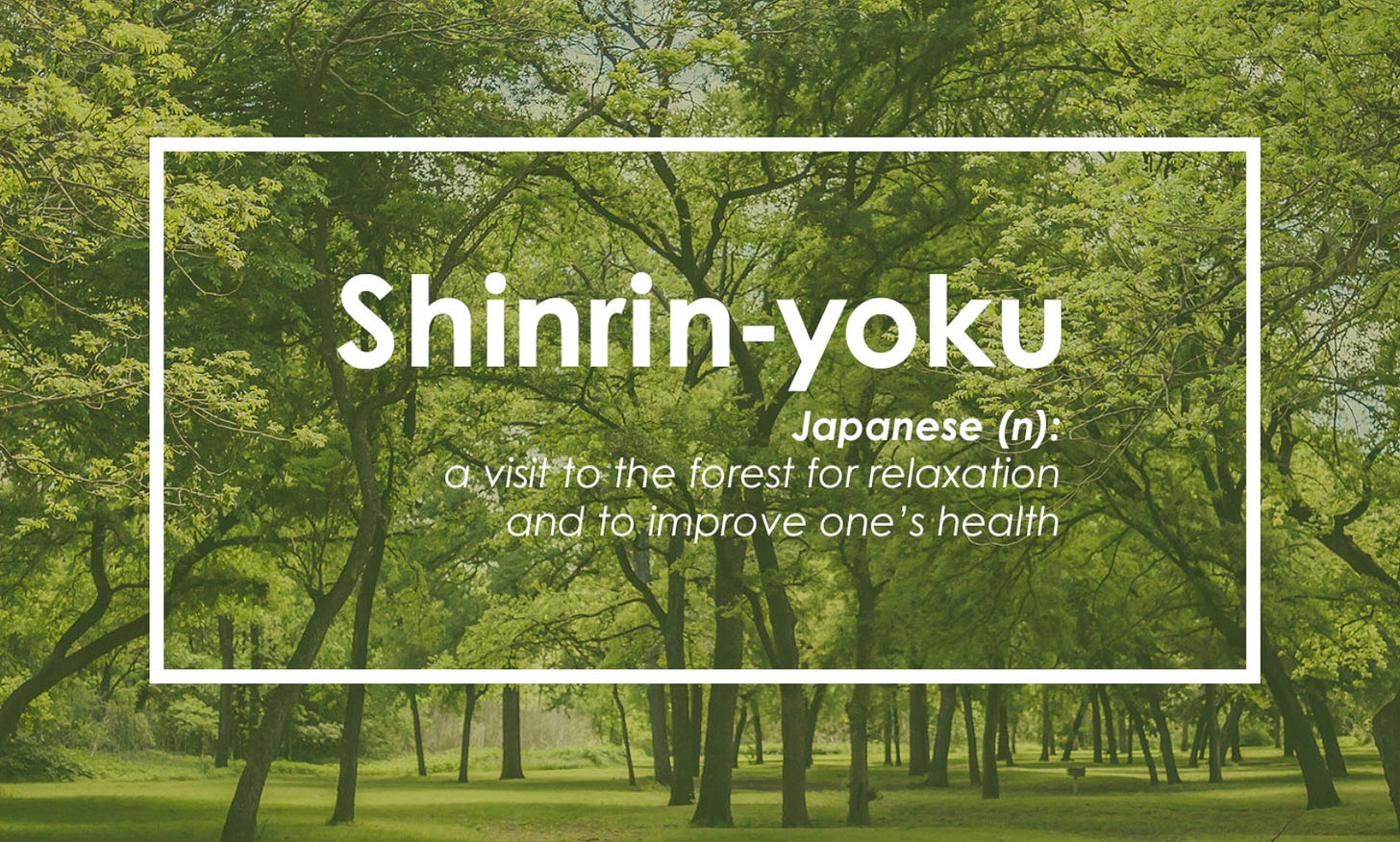
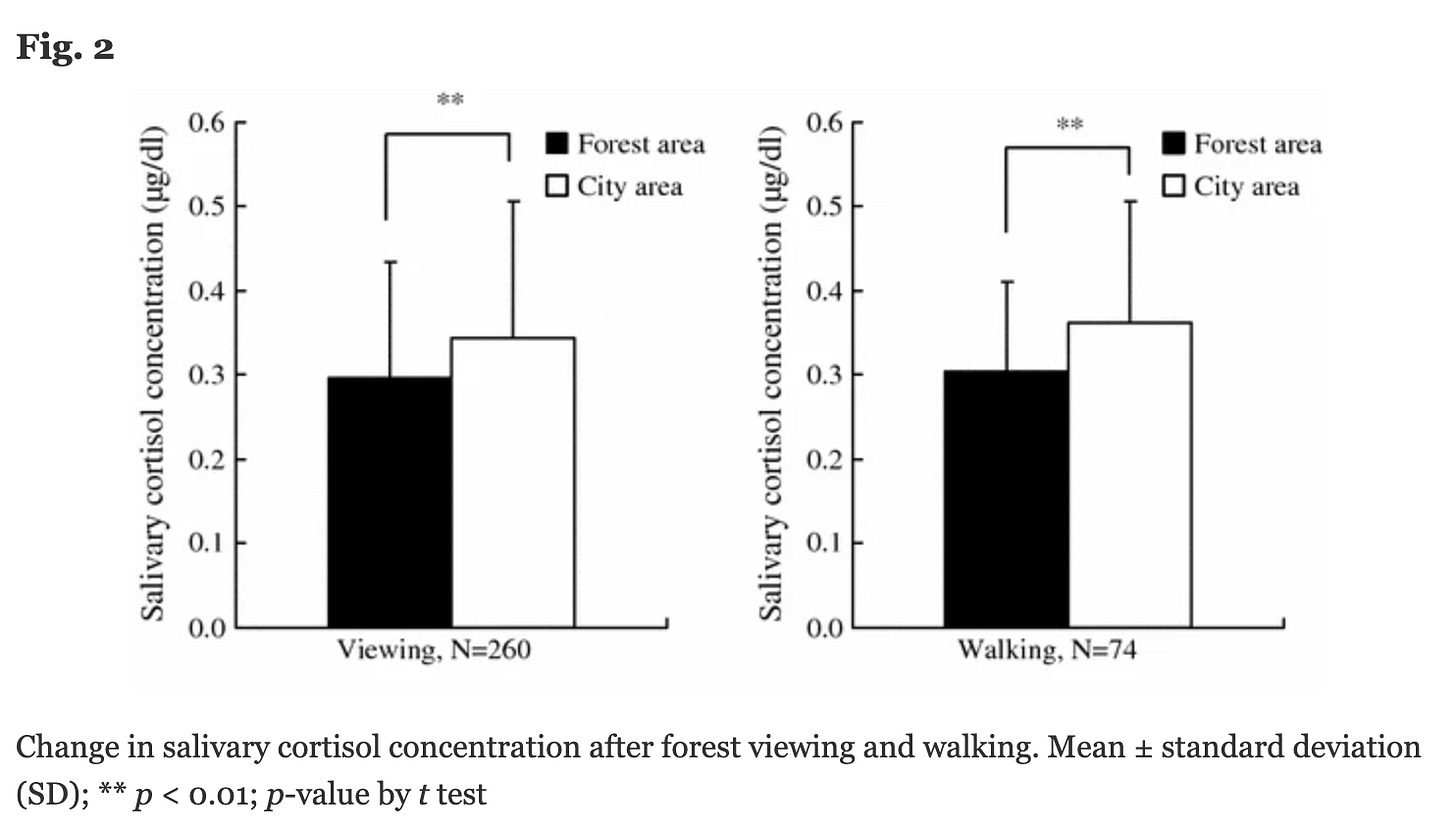
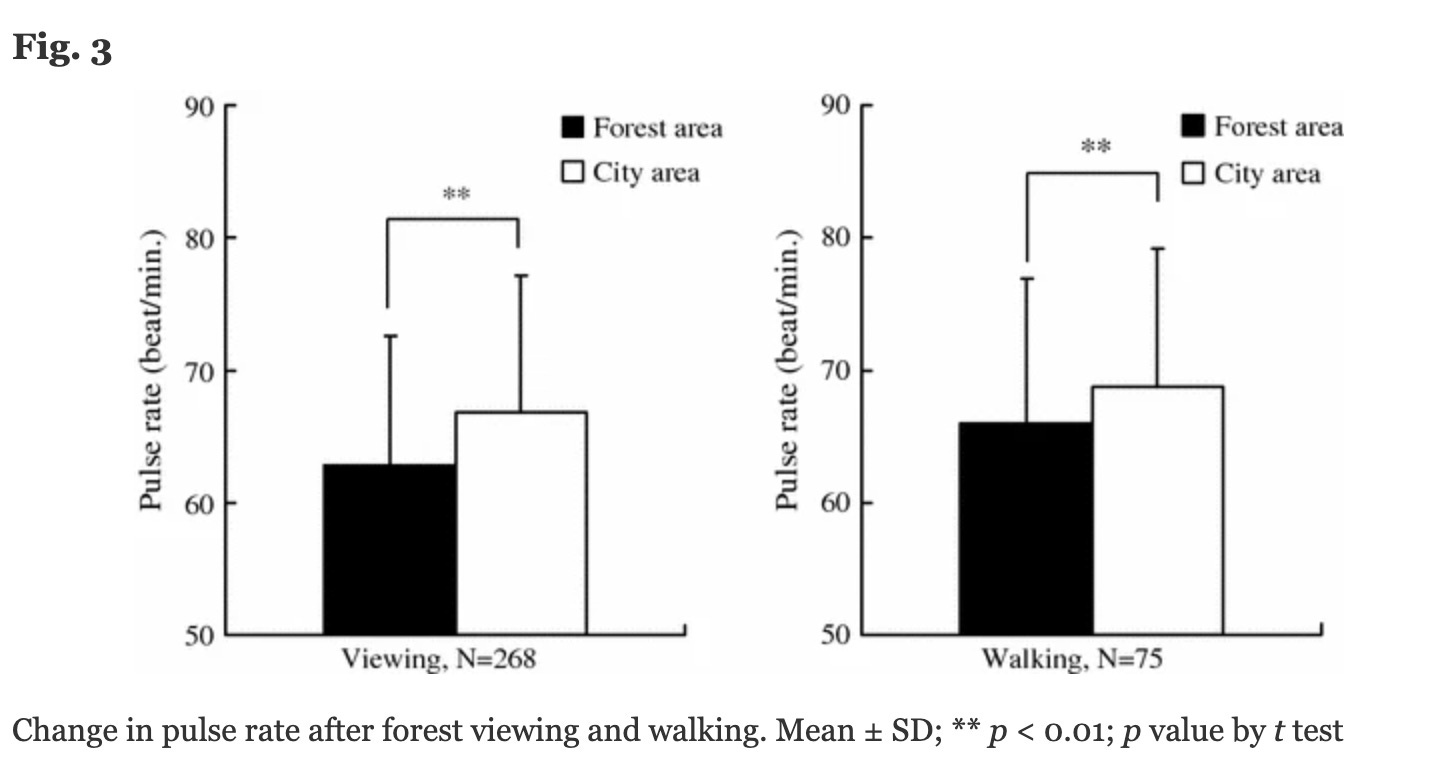
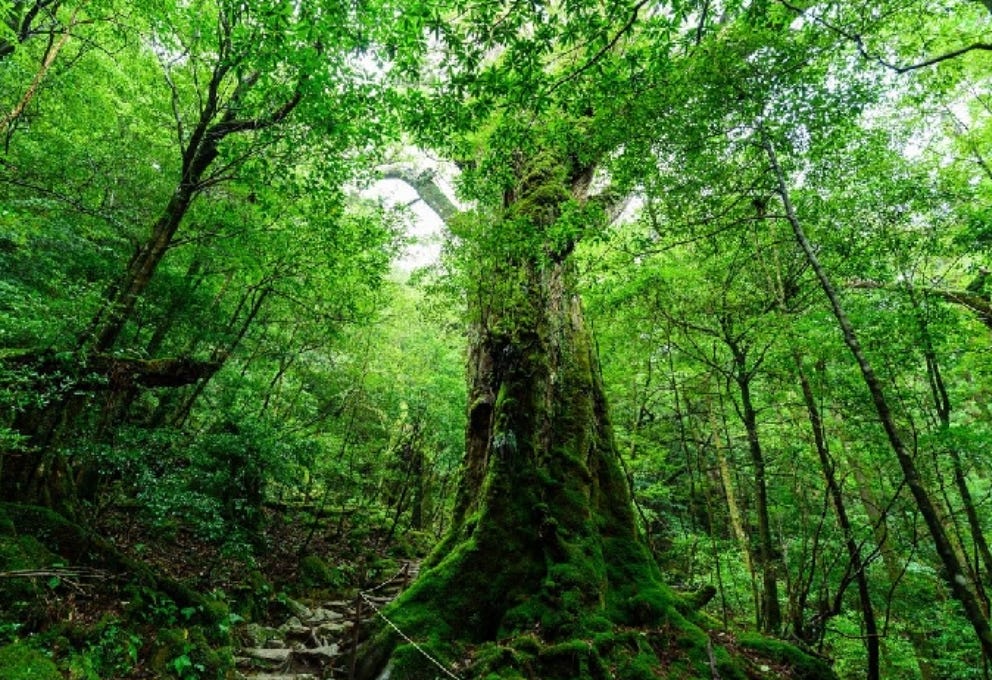
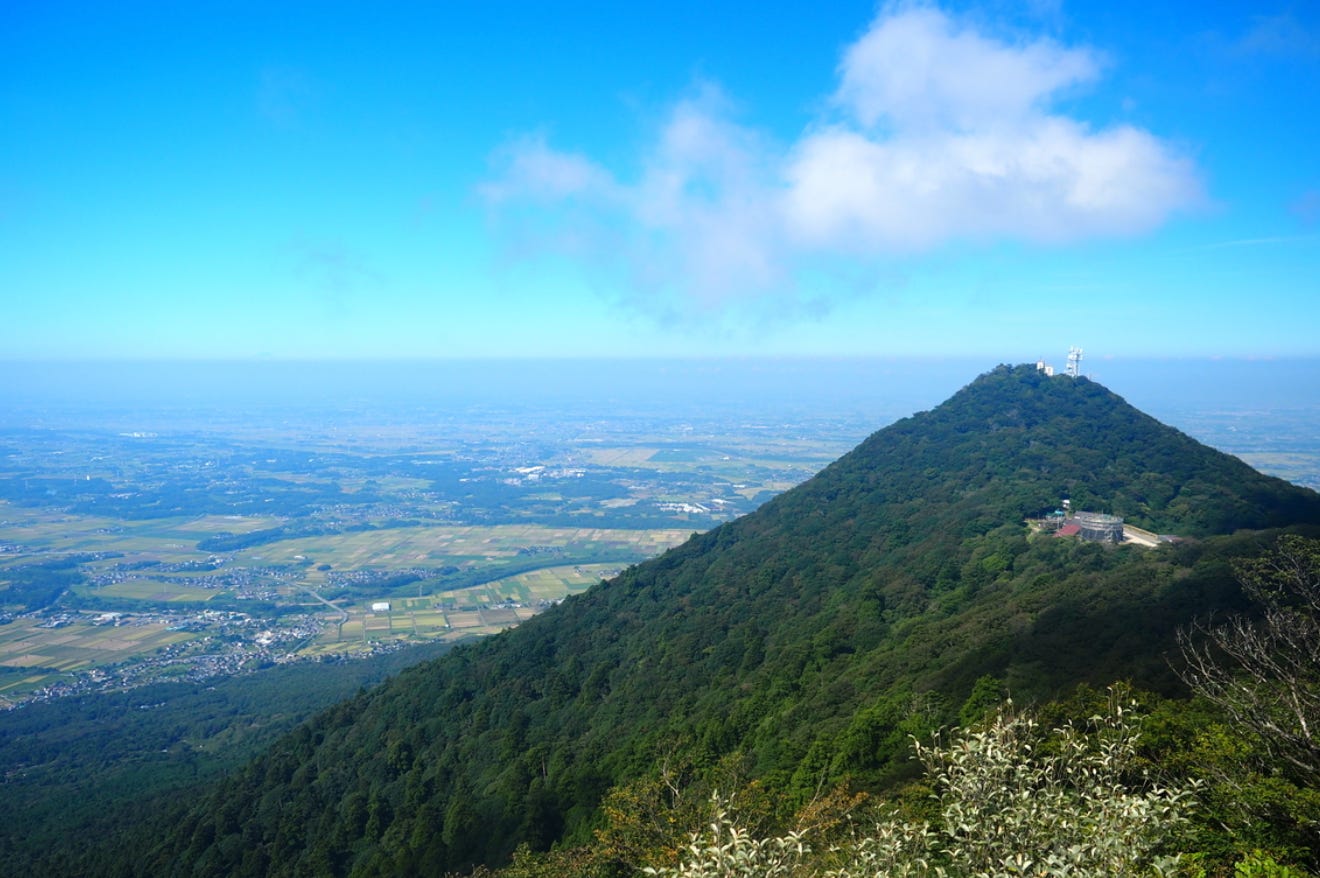
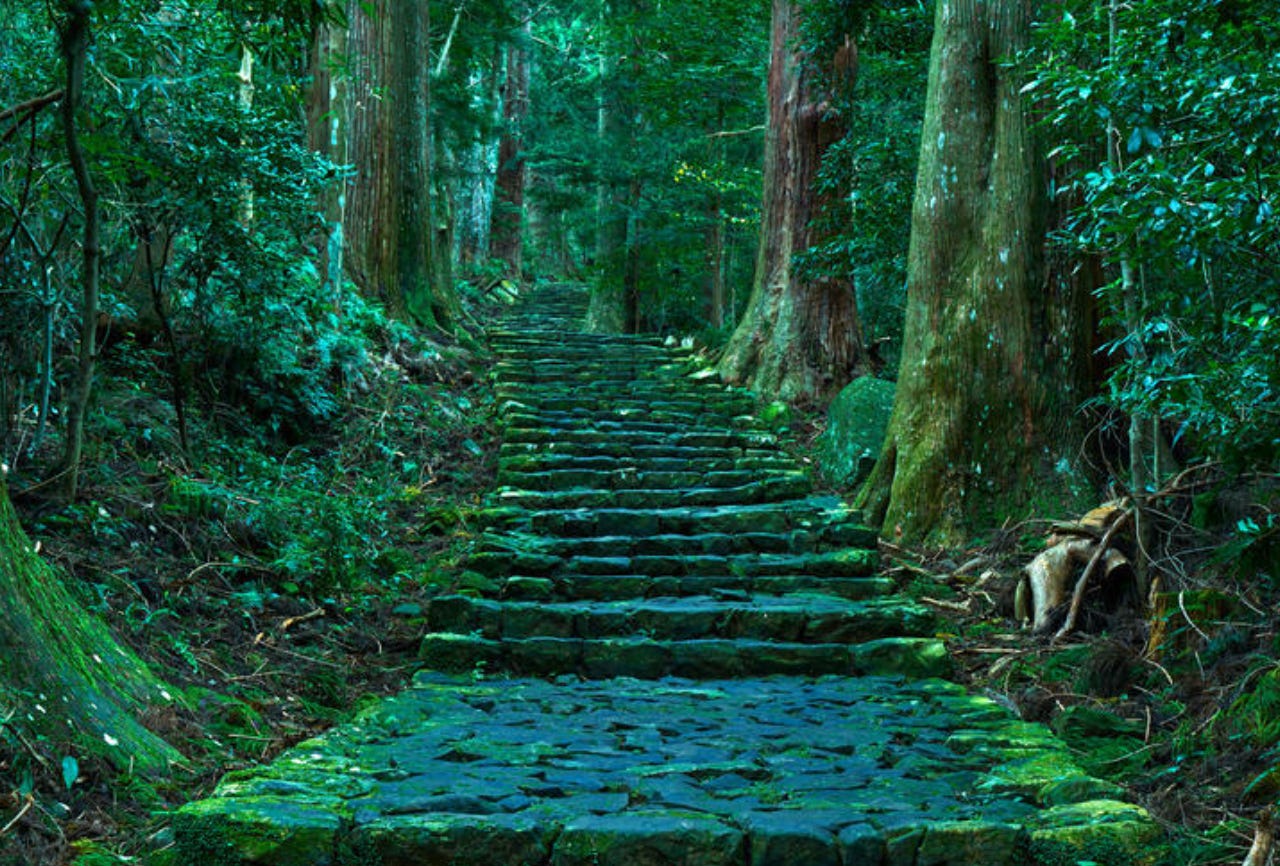
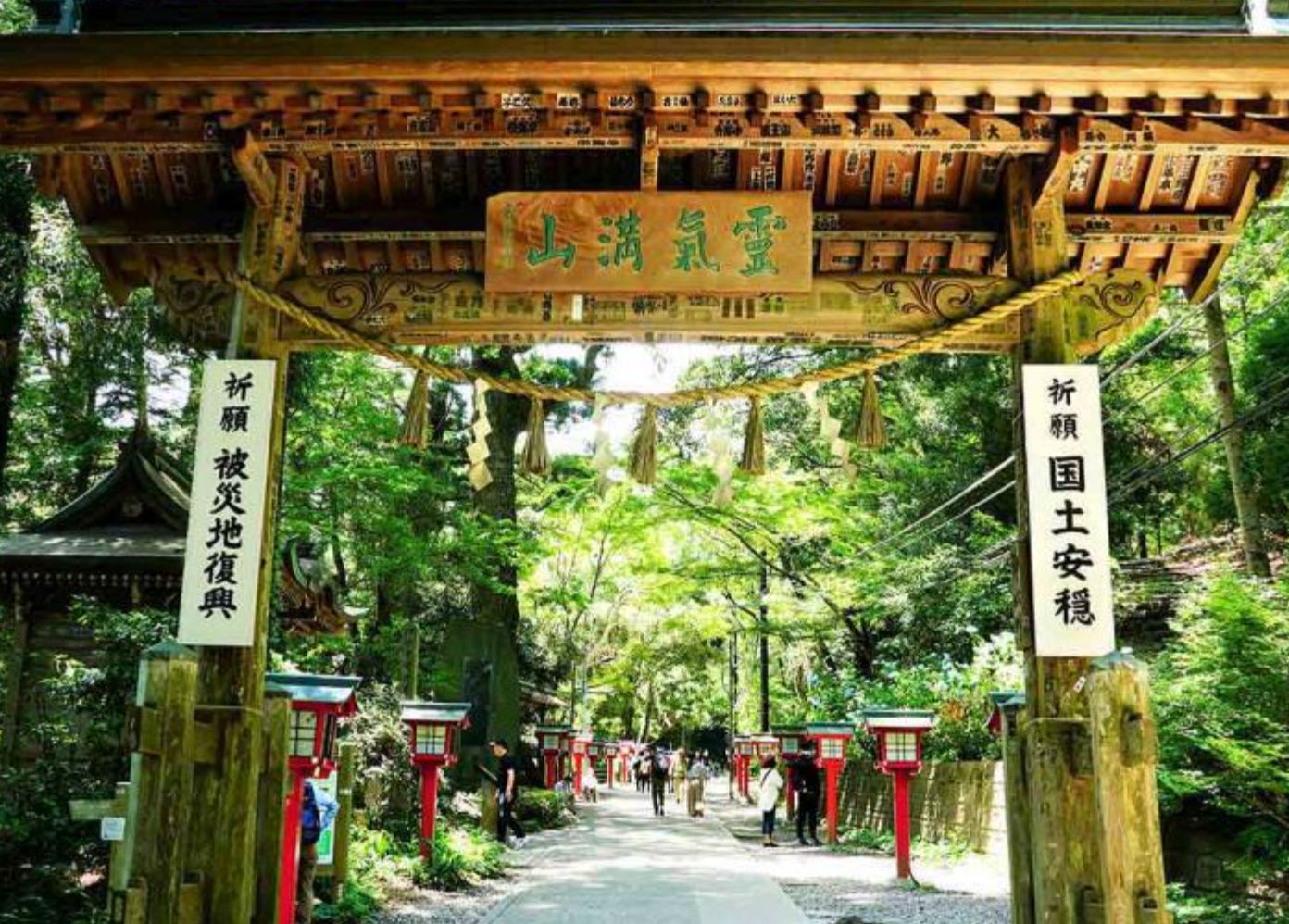
Thank you for another thoughtful article. I love that Yakushima is #1 on your list … I have wanted to see 縄文杉 ever since I read “number9dream” by David Mitchell. One day 🤞
Thank you for this article. I visited Mt. Takao on my first trip to Japan and absolutely loved it. 💚